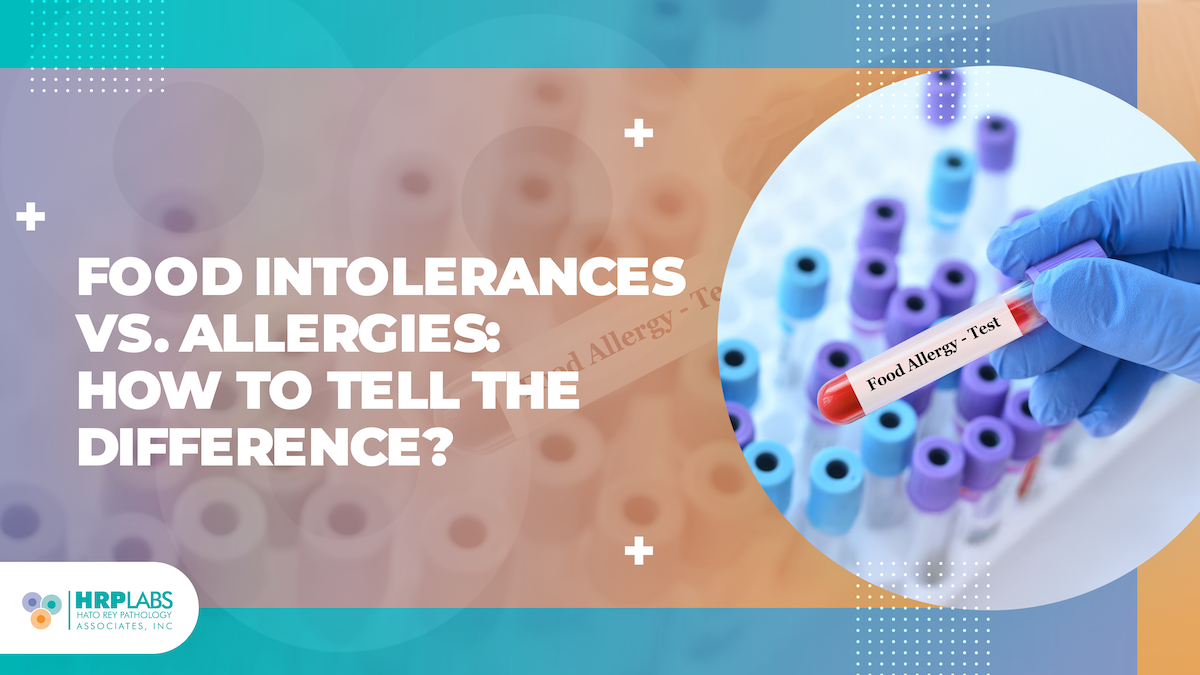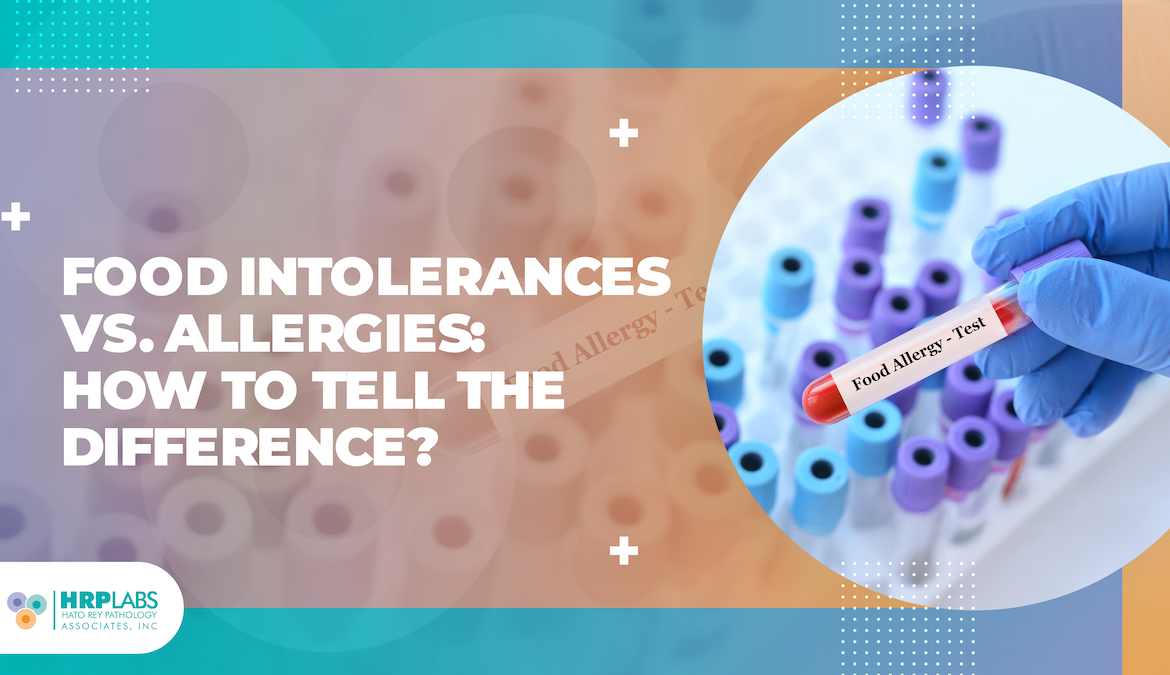
Adverse reactions to food are common, but not all of them are allergies. Many people confuse food intolerances with allergies, leading to misdiagnoses and ineffective treatments. Understanding the difference is crucial for managing symptoms and improving quality of life.
What is the difference between a food intolerance and a food allergy?
Although they may share similar symptoms, food intolerances and allergies affect the body in very different ways:
| Characteristic | Food Intolerance | Food Allergy |
|---|---|---|
| Affected System | Digestive System | Immune System |
| Cause | Inability to digest certain foods (enzyme deficiency, sensitivity to additives) | Exaggerated immune system reaction to a protein |
| Main Symptoms | Bloating, gas, diarrhea, nausea | Hives, swelling, difficulty breathing, anaphylactic shock |
| Onset Time | Hours after ingesting the food | Minutes to hours after contact |
| Amount Required to Trigger Symptoms | Large quantities of the food | Small traces can cause a severe reaction |
A clear example of this difference is lactose intolerance, where the body lacks the enzyme lactase to break down milk sugar, causing digestive discomfort. In contrast, a milk protein allergy can trigger a severe immune response, even with small amounts.
How do they affect digestion and gut health?
Food intolerances can cause inflammation in the digestive tract, leading to:
- ✅ Bloating and gas
- ✅ Abdominal pain
- ✅ Diarrhea or constipation
- ✅ Nausea and general discomfort
If left untreated, intolerances can disrupt gut microbiota balance and lead to nutrient deficiencies.
On the other hand, food allergies can cause more severe systemic symptoms, such as hives, swelling of the lips and throat, difficulty breathing, and even anaphylaxis, a potentially life-threatening reaction.
Diagnosis methods at HRP Labs
A precise diagnosis is crucial for managing these conditions. HRP Labs offers a variety of specialized tests to differentiate between intolerances and allergies:
- – Food intolerance tests: Identify the body’s inability to digest certain foods, including:
- Breath tests for lactose and fructose intolerance
- Sensitivity tests for food additives and chemicals
- – Food allergy tests: Detect specific immune responses to foods, including:
- Skin prick tests
- Blood tests measuring specific IgE antibodies (immunological tests)
These tests allow specialists to determine the best approach to managing symptoms and preventing adverse reactions.
Management and treatment strategies
The treatment for food intolerances and allergies varies based on the cause and severity.
-
- ✅ Managing food intolerances:
- Reduce or avoid the problematic food.
- Use enzyme supplements (such as lactase for lactose intolerance).
- Adjust the diet to prevent nutritional deficiencies.
- ✅ Managing food allergies:
- Strictly avoid the allergenic food.
- Read labels carefully and identify hidden sources of allergens.
- Carry an epinephrine auto-injector for severe allergic reactions.
- Consult a specialist to explore desensitization options in certain cases.
- ✅ Managing food intolerances:
Distinguishing between a food intolerance and an allergy is key to receiving the right treatment. While intolerances affect digestion, allergies can severely impact overall health. At HRP Labs, we use advanced technology and expert gastroenterologists to help identify the cause of your symptoms and provide the best management strategies for your well-being.
Do you suspect you have a food intolerance or allergy? Contact us today! 787-765-7320 or email customerservice2@hrplabs.com.

